What is Solar System Installation? Unlocking the Key Components and Benefits for Your Home
The adoption of solar energy has witnessed an unprecedented surge, with the International Energy Agency reporting a staggering growth of nearly 200% in global solar power capacity from 2010 to 2020. This trend underscores a pivotal shift toward sustainable energy solutions, particularly in residential settings. As homeowners increasingly seek ways to reduce their carbon footprint and utility bills, the concept of solar system installation emerges as a vital consideration. Integrating solar technology not only enhances energy independence but also contributes to significant long-term savings. This guide delves into the key components of solar system installation, exploring its benefits and offering insightful information for those contemplating this eco-friendly investment for their homes. Embracing solar energy can lead to a brighter, more sustainable future, making it essential for homeowners to understand the intricacies and advantages of this transformative technology.

Understanding Solar System Installation: A Comprehensive Overview
Understanding solar system installation involves grasping the essential components and the transformative benefits it brings to residential energy consumption. At its core, a solar power system comprises solar panels, inverters, mounting structures, and battery storage options. According to the U.S. Department of Energy, the average solar panel has an efficiency range of 15-22%, meaning homeowners can offset a significant portion of their electricity bills by harnessing sunlight effectively. Additionally, a recent report by Wood Mackenzie indicates that the U.S. residential solar market is projected to grow by 17% annually, highlighting an increasing trend toward clean energy adoption in homes.
The benefits of solar system installation extend beyond mere cost savings. Solar energy systems contribute to reducing greenhouse gas emissions, making a significant environmental impact. A survey by the Solar Energy Industries Association (SEIA) found that transitioning to solar can decrease a household's carbon footprint by approximately 3 to 4 tons per year, akin to planting over 100 trees. Furthermore, many states offer incentives such as tax credits or rebates, enhancing the financial viability of solar installations. As more homeowners recognize these advantages, the integration of solar technology is becoming an essential journey toward sustainable living.

Key Components of a Solar System: What You Need to Know
When considering a solar system installation for your home, understanding the key components is essential to maximizing its benefits. A solar power system typically comprises solar panels, inverters, mounting structures, and battery storage. Solar panels convert sunlight into electricity, while inverters transform this direct current (DC) into alternating current (AC) for home use. The mounting structures are crucial for securely attaching the panels to your roof or ground, ensuring optimal sun exposure. Additionally, battery storage can provide a reliable energy supply even during hours without sunlight, enhancing energy independence and resilience.
The growth of solar technology is reflected in the increasing market for solar components. Notably, the solar photovoltaic (PV) installation market is projected to exceed $44.5 billion by 2024, driven by a demand for pre-assembled and lightweight mounting structures. This surge indicates not only a rising adoption of solar solutions but also highlights an evolving consumer interest in sustainable energy. As homeowners explore these installations, understanding these components and their interaction can lead to informed decisions that maximize energy efficiency and cost savings in the long run.
Solar System Installation: Key Components and Benefits
The Benefits of Solar Energy for Your Home: Saving Money and the Environment
The transition to solar energy has increasingly become an attractive option for homeowners seeking to save money and minimize their environmental impact. According to recent studies, installing solar panels can lead to substantial savings on electricity bills, with homeowners often saving an average of 20-30% on energy costs annually. Additionally, the expansion of federal tax credits allows homeowners to recoup a significant portion of their initial installation costs, making solar energy more accessible than ever.

Beyond financial savings, the environmental benefits of adopting solar energy are profound. By harnessing the sun’s renewable energy, homeowners can reduce their carbon footprint and contribute to a significant reduction in greenhouse gas emissions. The electrification of homes with solar power not only aids in decreasing reliance on fossil fuels but also enhances local energy resilience.
With energy efficiency programs in place, families and businesses are encouraged to optimize their electricity use further, paving the way for a greener future. The growing interest in solar systems reflects a promising shift towards sustainable living and economic savings for households nationwide.
The Installation Process: Steps to Get Your Solar System Up and Running
The installation process for a solar system involves several key steps that ensure your system is functional and efficient. Initially, a site assessment is conducted to evaluate your home's solar potential, considering factors like roof orientation, shading, and structural integrity. According to the Solar Energy Industries Association (SEIA), the average residential solar installation takes between one to three months from initial consultation to system activation, depending on permitting and installation complexities.
After the assessment, the next crucial phase is system design, where experts tailor a solution that meets your energy needs. This typically includes selecting the appropriate solar panel type and inverter based on your energy consumption patterns. Once the design is finalized, permits must be obtained, which can take additional time based on local regulations. Following the permitting process, installation teams can begin the physical setup, which generally takes one to three days. Post-installation, a final inspection is necessary to ensure the system meets safety and performance standards before it’s officially connected to the grid. A well-executed installation not only maximizes energy production but also enhances the longevity of the solar components, yielding significant savings on energy costs over time.
Common Myths About Solar Installations Debunked: What to Believe and What to Ignore
When it comes to solar system installations, misinformation can often cloud judgment. One common myth is that solar panels can't generate power on cloudy days. In reality, while solar panels are more efficient under direct sunlight, they can still absorb diffuse sunlight on overcast days. This means that homeowners can enjoy clean energy even when the sun isn't shining brightly.
Another misconception is that solar installations are prohibitively expensive and only for the affluent. In truth, the cost of solar systems has significantly decreased in recent years, and various financing options, including incentives and rebates, make it more accessible for average homeowners. Plus, investing in solar energy can result in long-term savings on electricity bills.
Tip: When considering a solar installation, thoroughly research local incentives and grant programs. Many homeowners don’t realize the financial assistance available.
Tip: Consult with multiple solar providers to compare quotes and services. This ensures that you receive the best installation and can debunk myths by having informed discussions with professionals.
Related Posts
-
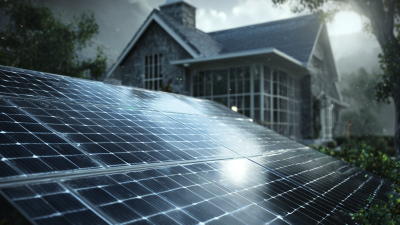
Ultimate Guide to Choosing the Best Solar Energy Panels for Your Home
-
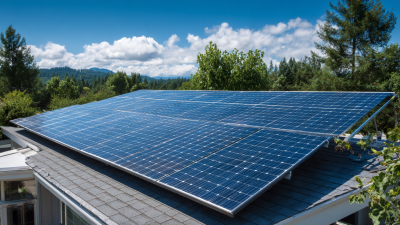
How to Source Quality Suppliers for Best Solar System Installation with a Comprehensive Checklist
-
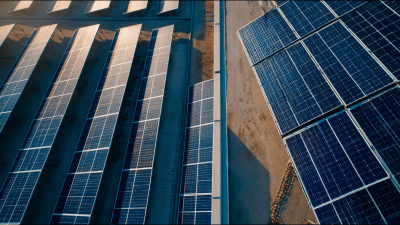
Uncompromising Quality in Solar Solutions: China’s Leading Manufacturing for Global Supply
-
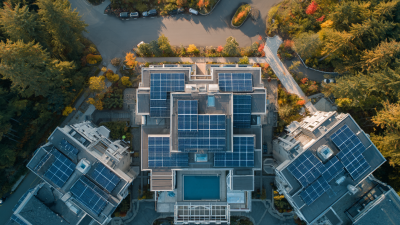
Ultimate Guide to Choosing the Best Solar Energy Panels for Home That Meet Your Technical Needs
-
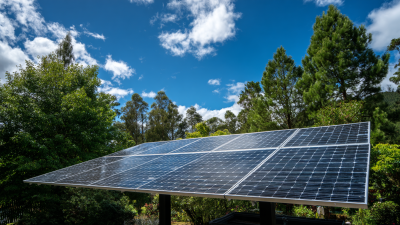
7 Best Solar Panels for Maximum Efficiency in 2023
-
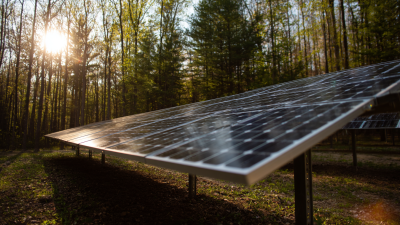
10 Essential Tips for Sourcing Solar Panels Effectively in 2024